-
Tue, Jun 8, 2021
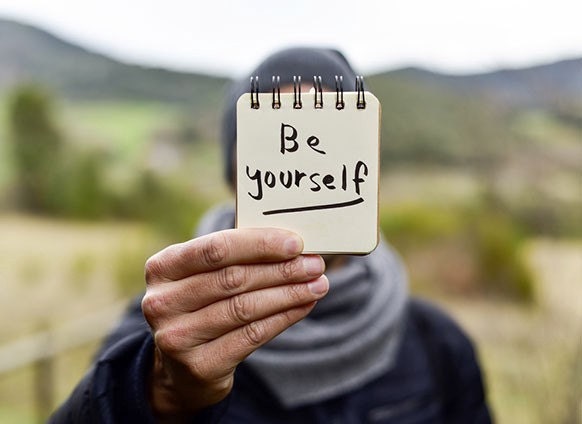
Keep True to Yourself in a Chaotic World
1. Live simply and deliberately. By choosing not to get caught up, you're doing your part to slow down the rat race and frenetic busy-ness of life. You'll also discover that you have more time to enjoy being alive!
2. Stay in touch with yourself. Soul searching, meditation, and journaling are just a few of the many activities you can take part in to stay aware and learn as much as you can about your emotions, reactions, likes, dislikes, dreams, and fears. Having a solid sense of self gives you a firm foundation for living in this world.
3. Support or teach others as often as you can. This can help you form connections with people while also giving you an opportunity to make the world a better place.
4. Consciously choose what you will allow into your being. The media bombards us with visions of hate, war, and pain. Be judicious about what you read, watch, and listen to.
5. Acknowledge the beauty that resides around you. Whether you live in a sprawling city or sleep suburbia, there are natural and man-made wonders just waiting to be discovered by you.
6. Nurture your ties to your people. Or, create a community that you can belong to. Modern life can be so isolating. When you have a tribe, you have a circle that you are a part of. Its members -- loved ones, friends, or neighbors -- can be a source of support, caring, guidance, and companionship.
7. See the larger picture. Remember that the way that you choose to live is not the only way to live. Widen your perspective by exploring other modes of being through research, travel, and discussion.
8. Embrace the challenges that life presents to you, and challenge yourself often. After a time, even the most exciting jobs or lifestyles can seem routine. Never stop assimilating new knowledge about whatever you are doing, and your life will never seem dull.
-
Wed, Jun 2, 2021
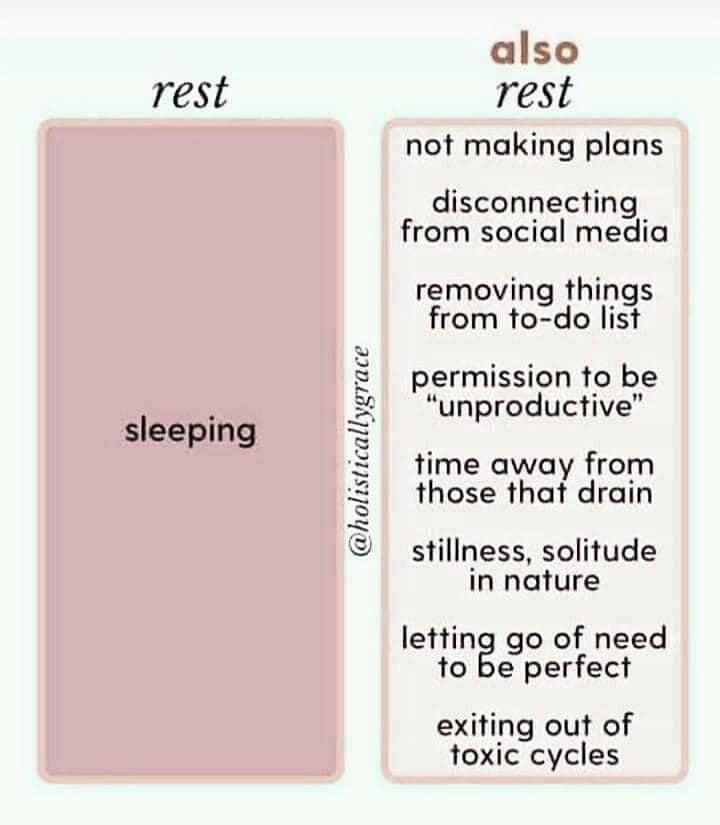
Rest encompasses much more than just sleep. Are you getting enough?
-
Mon, May 17, 2021

Trees are a great source of food and nesting places for bees.
-
Mon, May 10, 2021
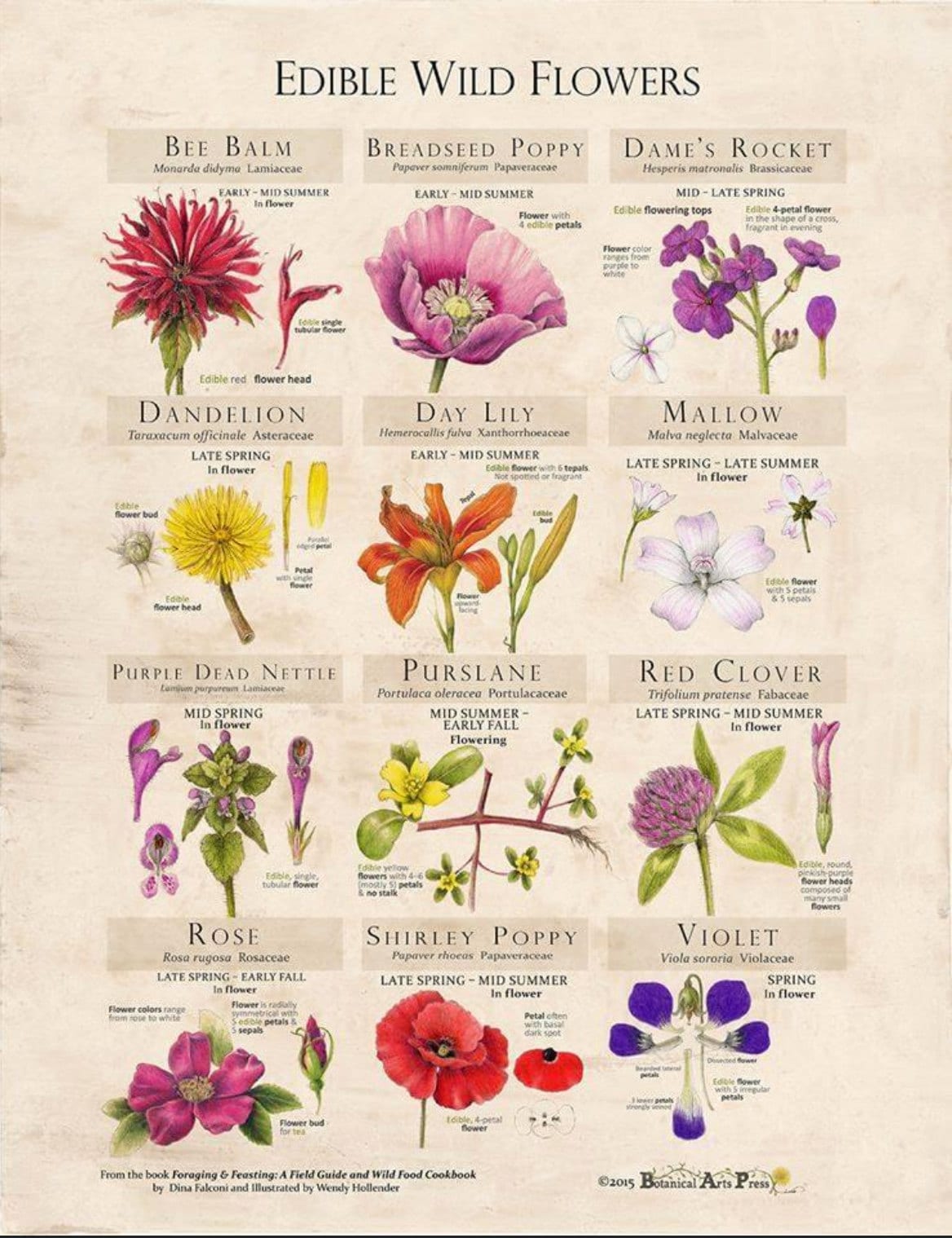
Many of these flowers are in season now, or soon to be!
-
Wed, Apr 7, 2021

We're having a Spring Sale this week! Be sure to grab a gift for mom + a little something for yourself.
-
Thu, Mar 25, 2021
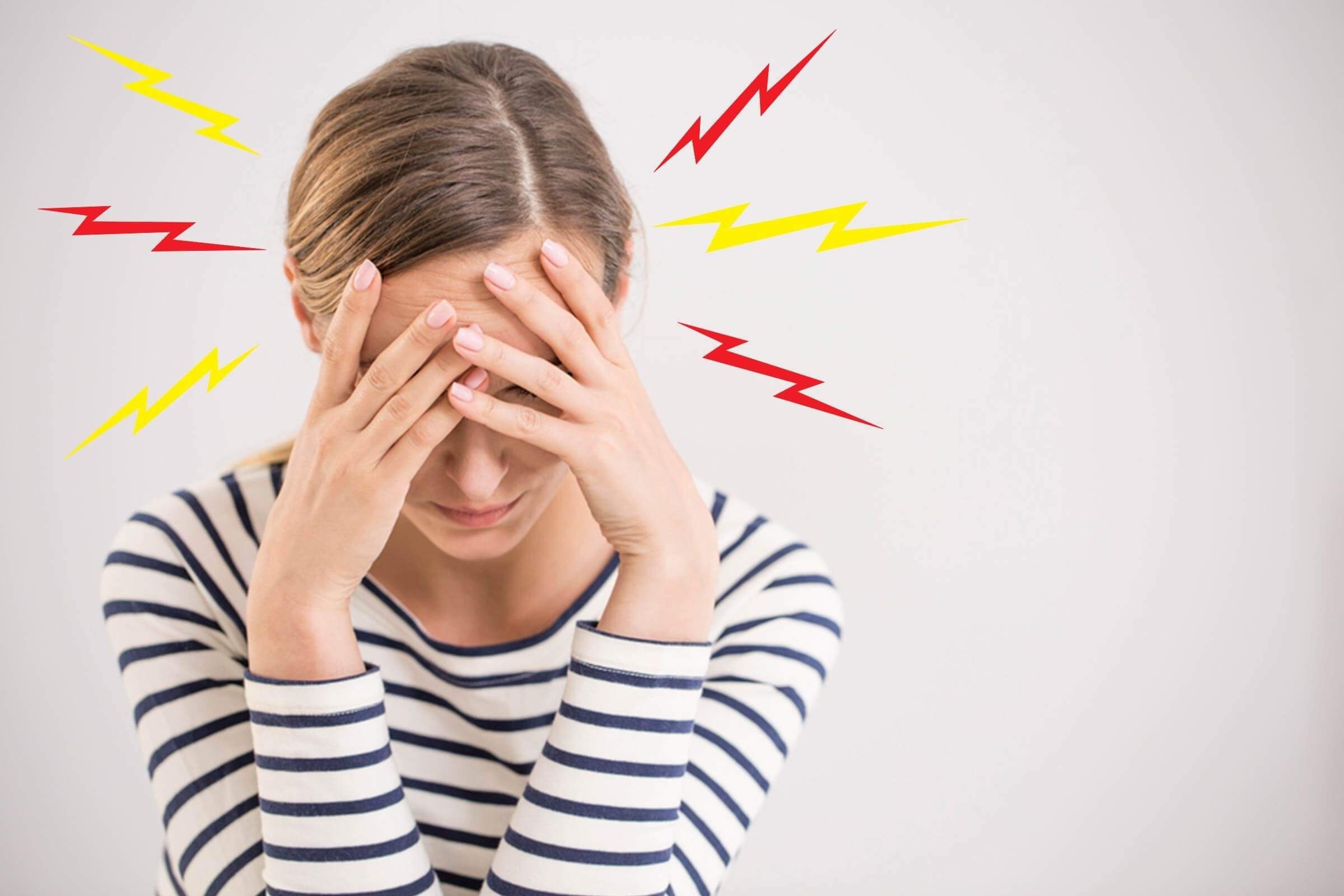
Every 10 seconds, someone in the United States goes to the hospital complaining of head pain. Over one million of these visits are for migraine headaches.
A whopping 12 percent of Americans get migraines, with women disproportionately affected. Roughly one in four women will experience a migraine in her lifetime, and women are three times more likely than men to struggle with migraines.
If you struggle with migraine pain but prefer to avoid conventional medications (or find that they don't work for you), alternative migraine treatments may provide the relief you seek. Here are some of my favorite home remedies for migraines.
Magnesium
Magnesium is a natural calmative, relaxing the muscles and gently dilating blood vessels. It can help get a better night’s sleep (insomnia is a major trigger for migraines) and helps us manage stress more effectively. The Canadian Headache Society gives magnesium a “strong recommendation” for migraine prevention. The recommended dose of magnesium for migraines is 400-600 mg per day.
Ginger
In one study, 100 people suffering from migraines used either 250 mg of ginger or 50 mg of the prescription migraine medicine sumatriptan for one month. The treatments worked equally well, with both groups experiencing 90% decrease in severity within two hours of treatment. The only difference? Ginger was better tolerated.
Riboflavin (vitamin B2) One theory about migraines is that they are caused by mitochondrial dysfunction in brain cells. (Mitochondria are the powerhouses within our cells.) Riboflavin helps maintain normal energy production in brain mitochondria. I generally think of riboflavin for those who have extreme light sensitivity as a trigger for their migraines.
Photosensitivity is actually a sign of riboflavin deficiency. It also receives a “probably effective” rating from the American Headache Society.
Peppermint
Peppermint is a wonderfully simple remedy for all kinds of headaches. Massaging your temples and
-
Fri, Mar 19, 2021
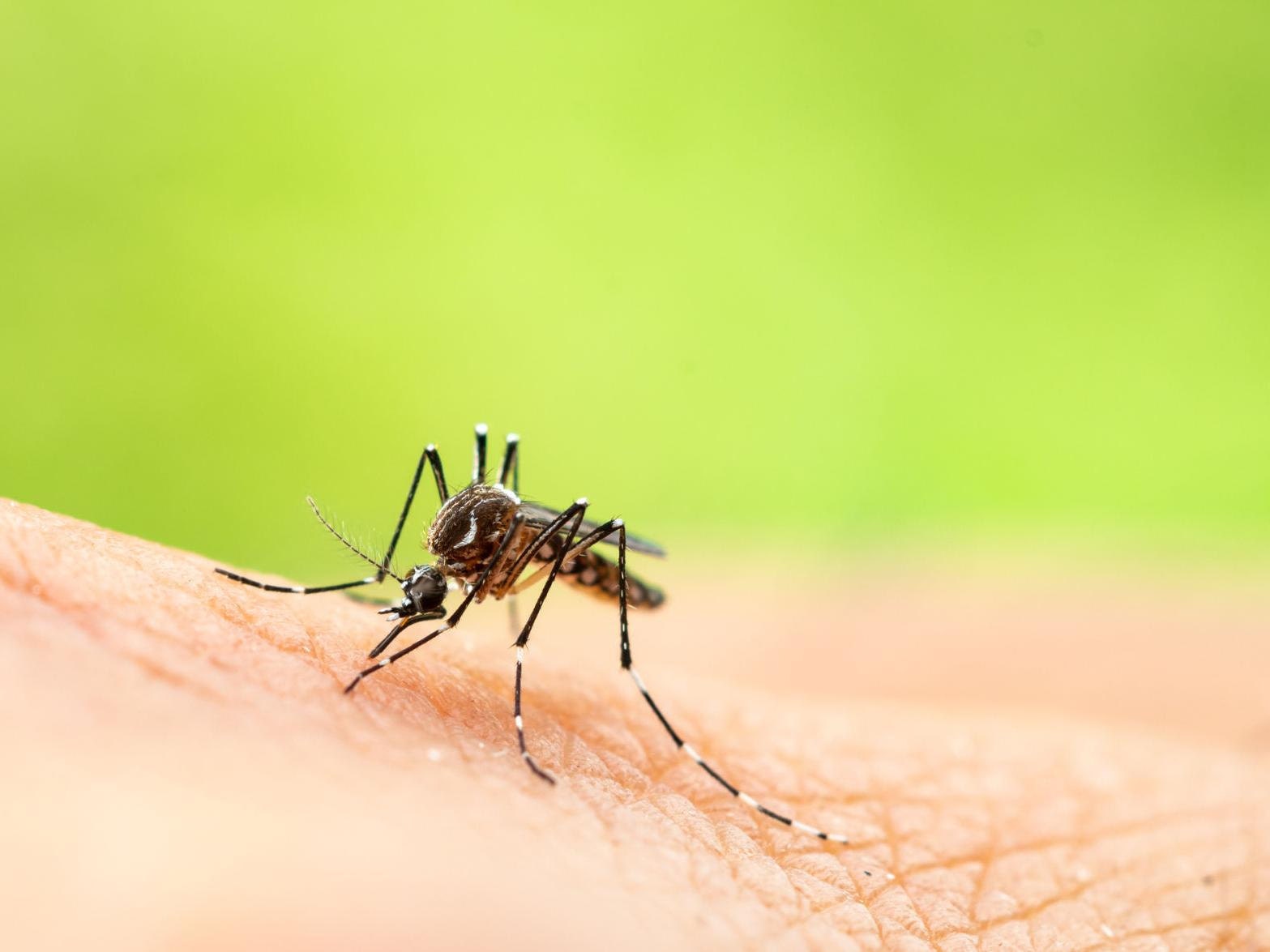
If you’ve been out in the woods in your life, you’ve probably eaten, drank, or breathed in DEET, and then been filled with regret. But it might not be forever.
Over the past year, decades of research into essential-oil-based insect repellents have begun to bear fruit. Earlier this month, research on nepetalactone, the active ingredient in catnip, published in the journal Current Biology, demonstrated the power of the chemical to ward off mosquitoes. And last August the EPA approved another essential oil, nootkatone, which usually comes from grapefruit, to be used as a commercially available bug spray.
The push to develop essential-oil based repellents comes as mosquitoes have built up a resistance to synthetic products, says David Price, an urban entomologist with the mosquito control company Mosquito Joe. There’s lots of overlap between the repellents and pesticides used to control mosquito populations that carry diseases like yellow fever and malaria, and bugs are adapting to both.
-
Mon, Mar 8, 2021
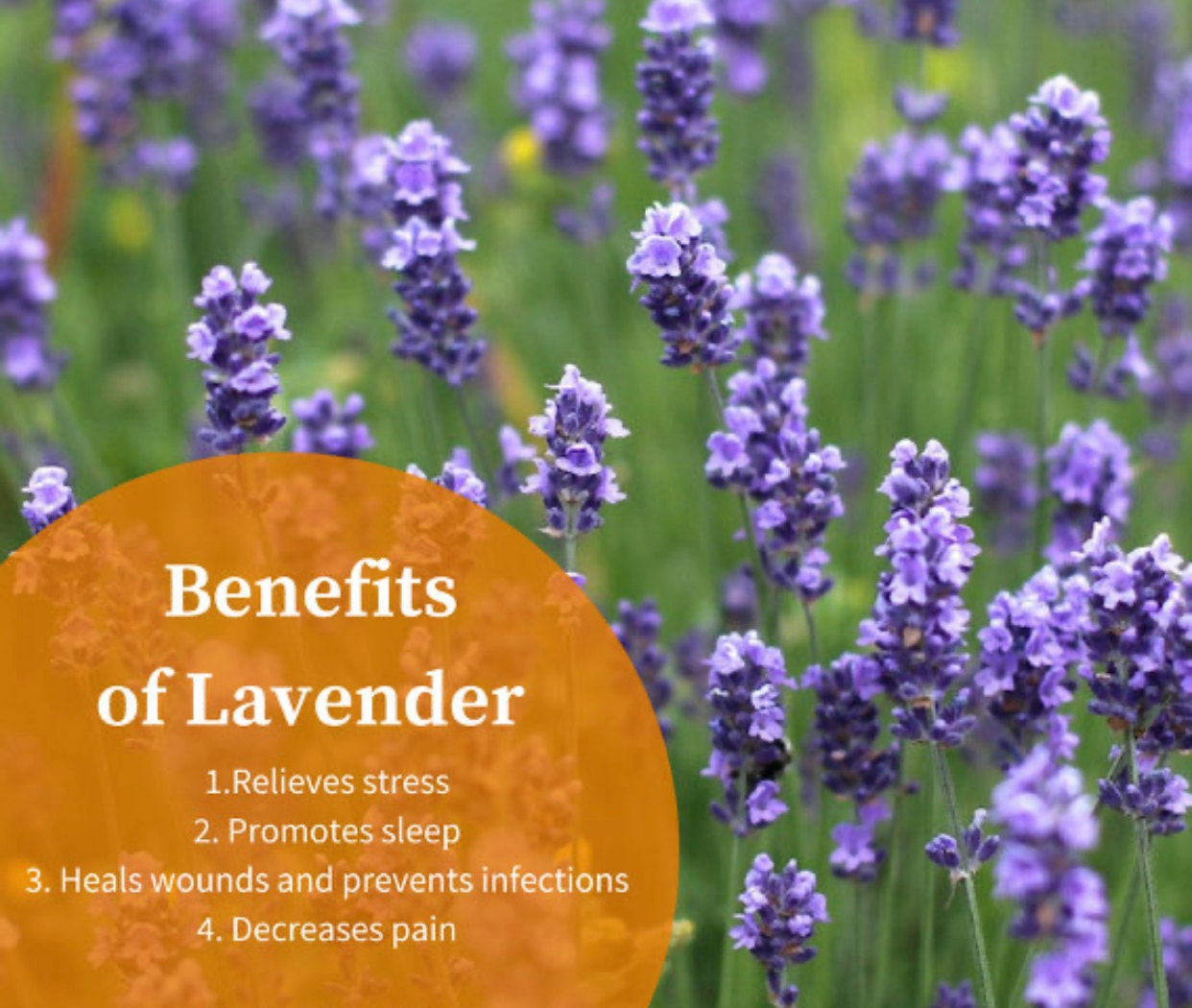
Lavender is a stress reliever, helps promote deeper sleep, decreases pain and speeds the healing of wounds and infections.
-
Sun, Mar 7, 2021
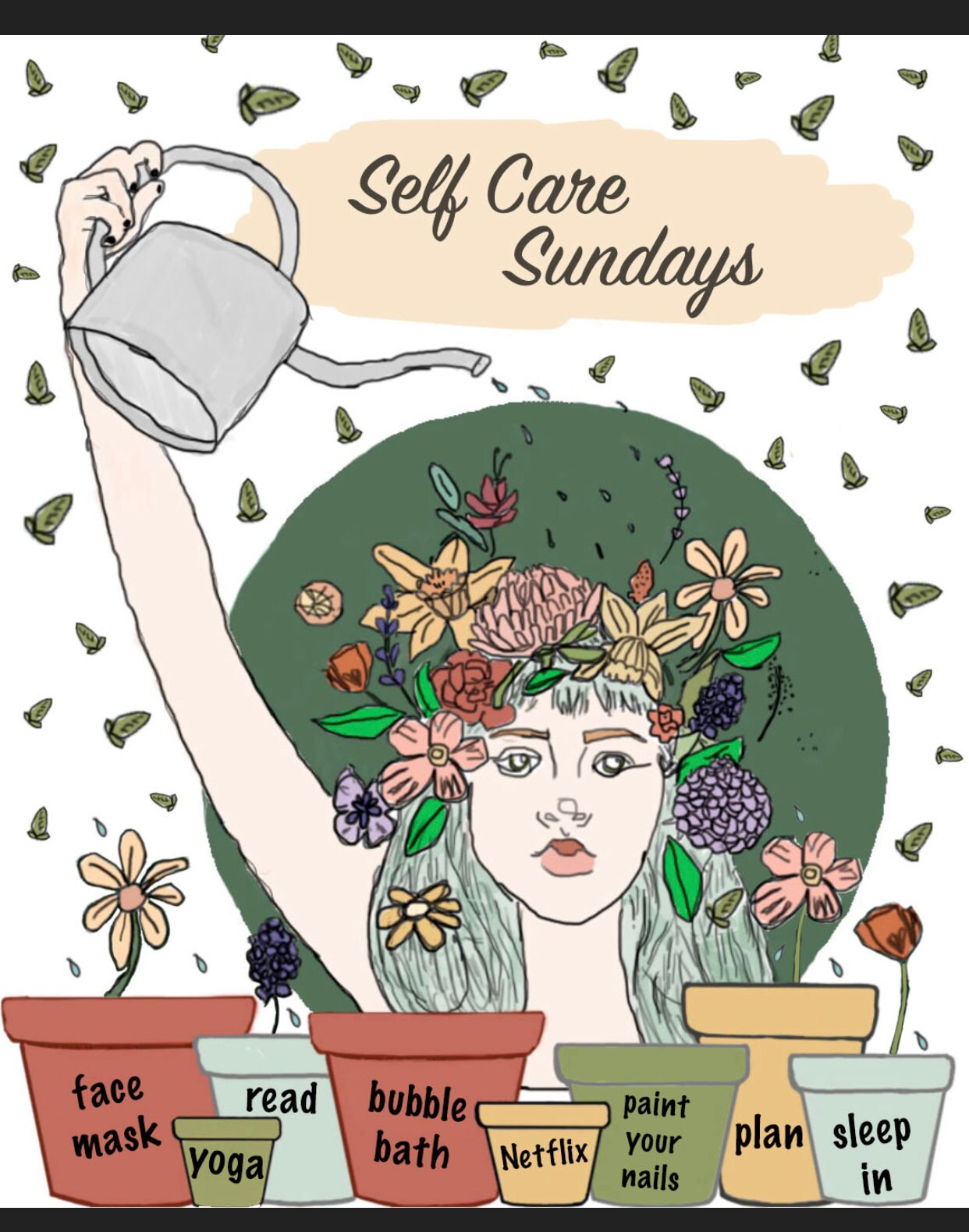
Take Care of Yourself Today!
-
Sun, Jan 24, 2021
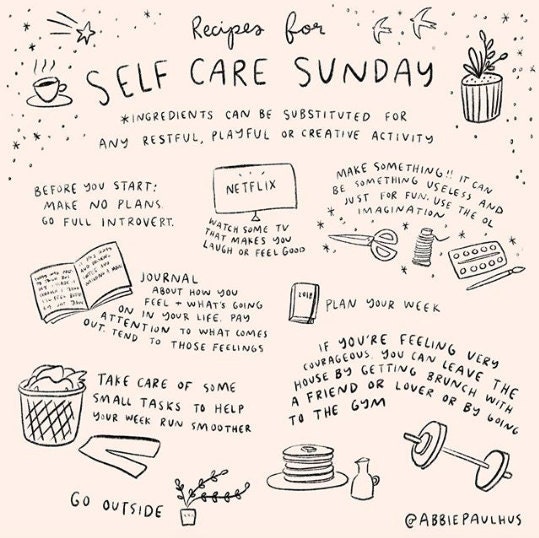
Little ways to take care of yourself!
 Keep True to Yourself in a Chaotic World
Keep True to Yourself in a Chaotic World Rest encompasses much more than just sleep. Are you getting enough?
Rest encompasses much more than just sleep. Are you getting enough? Trees are a great source of food and nesting places for bees.
Trees are a great source of food and nesting places for bees. Many of these flowers are in season now, or soon to be!
Many of these flowers are in season now, or soon to be! We're having a Spring Sale this week! Be sure to grab a gift for mom + a little something for yourself.
We're having a Spring Sale this week! Be sure to grab a gift for mom + a little something for yourself. Every 10 seconds, someone in the United States goes to the hospital complaining of head pain. Over one million of these visits are for migraine headaches.
Every 10 seconds, someone in the United States goes to the hospital complaining of head pain. Over one million of these visits are for migraine headaches. If you’ve been out in the woods in your life, you’ve probably eaten, drank, or breathed in DEET, and then been filled with regret. But it might not be forever.
If you’ve been out in the woods in your life, you’ve probably eaten, drank, or breathed in DEET, and then been filled with regret. But it might not be forever. Lavender is a stress reliever, helps promote deeper sleep, decreases pain and speeds the healing of wounds and infections.
Lavender is a stress reliever, helps promote deeper sleep, decreases pain and speeds the healing of wounds and infections. Take Care of Yourself Today!
Take Care of Yourself Today! Little ways to take care of yourself!
Little ways to take care of yourself!